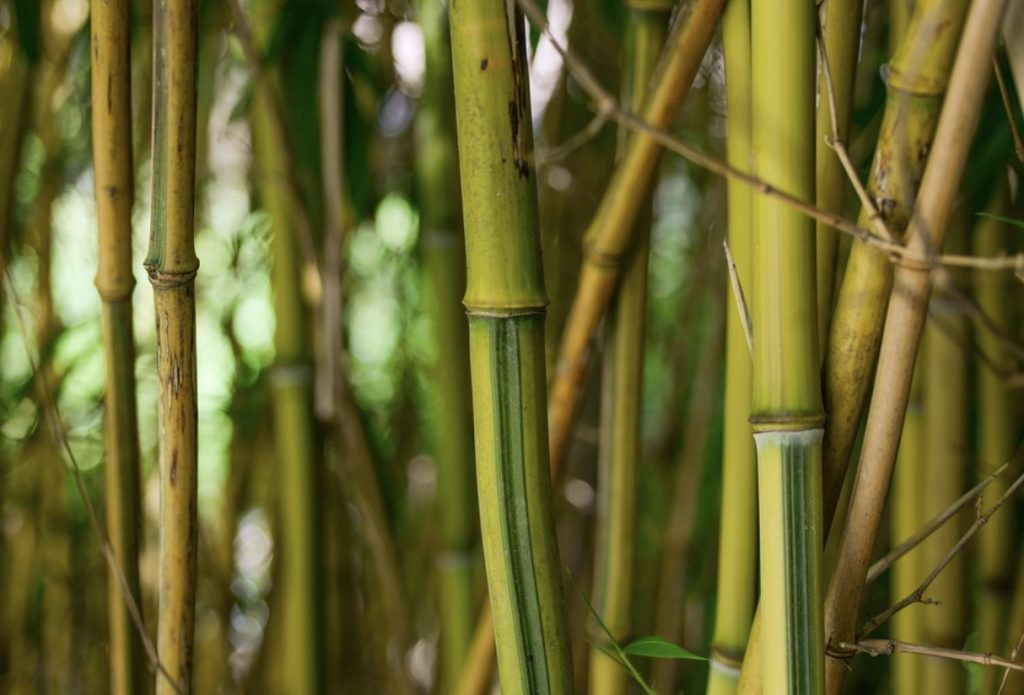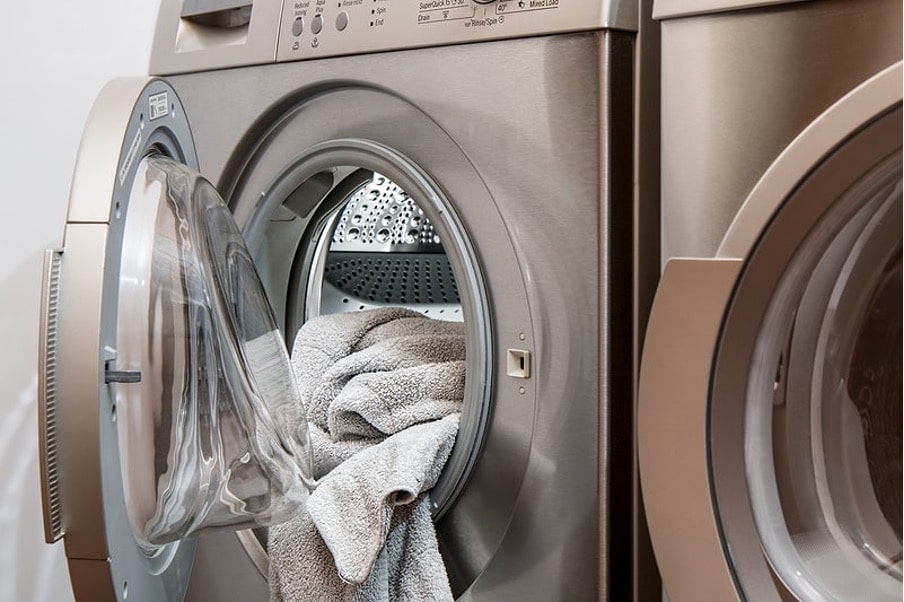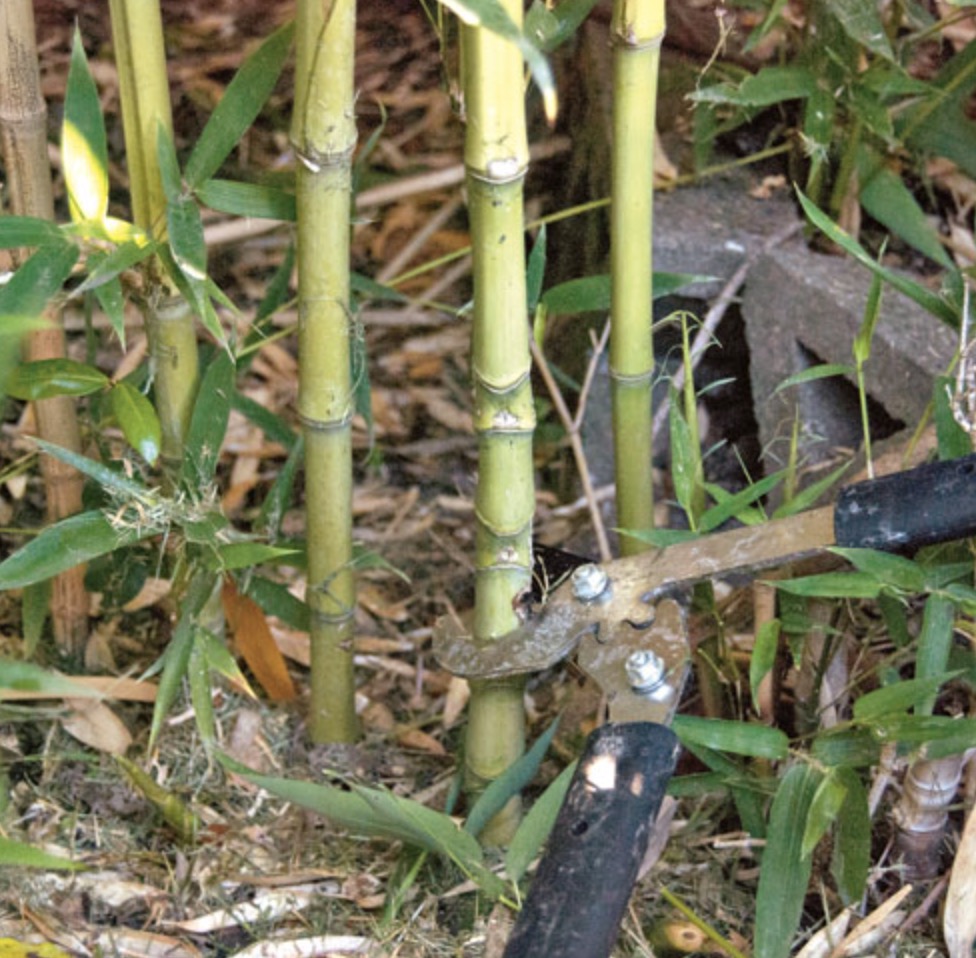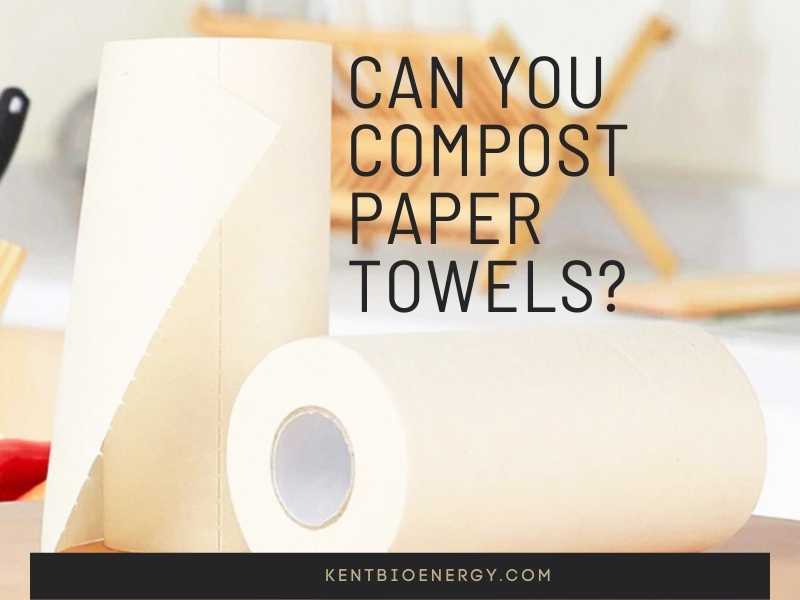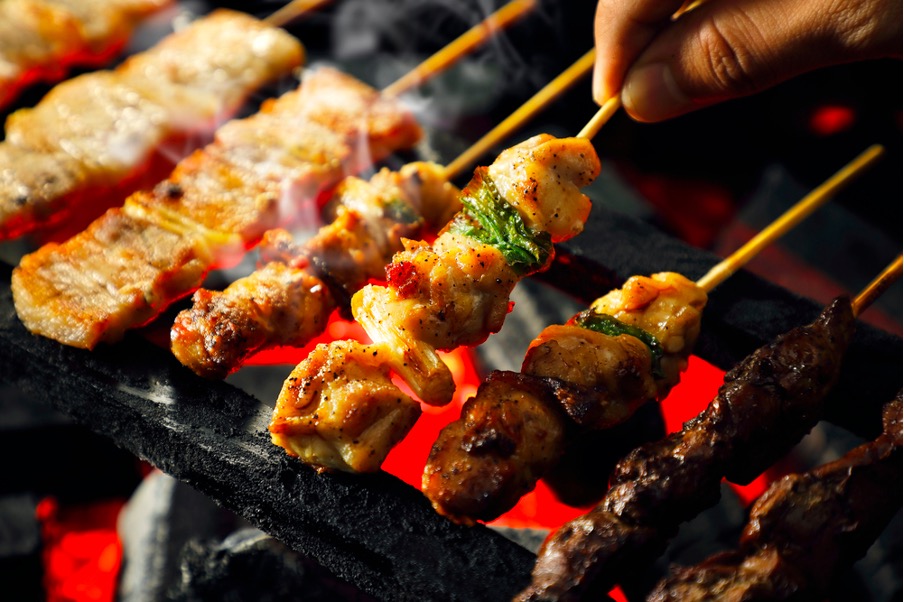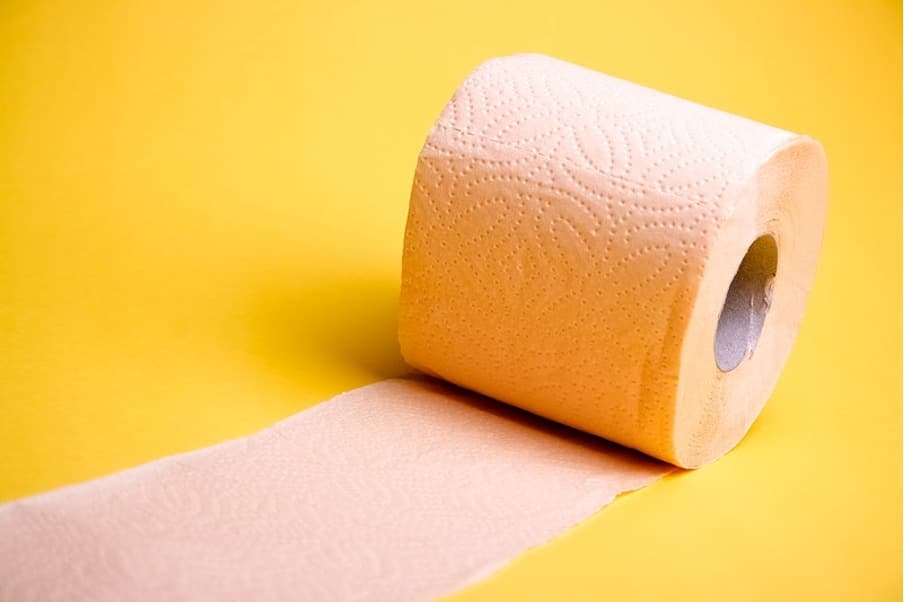Many people enjoy growing plants indoors and choose unique ornamental plants for decoration. Bamboo – with its elegant and rustic beauty, quickly won everyone’s hearts.
Yet, growing bamboo indoors is not as easy as you might think! How to let your bamboo grow in an ideal condition, then? Let’s discover the answer in the article below.
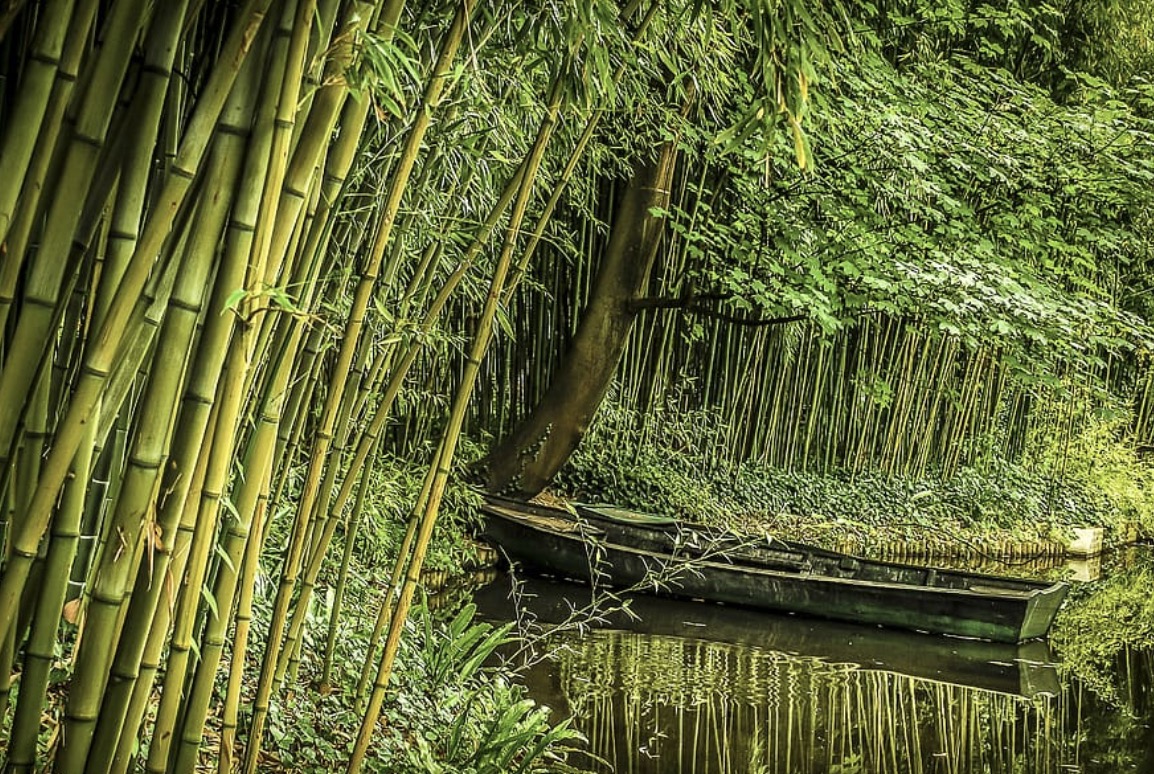
What To Pay Attention To When Growing Bamboo Indoors?
You will need to prepare many things if you want to grow bamboo in your house. So, what are the requirements and notices for growing healthy bamboo?
Bamboo Care
Bamboo care is an indispensable task if you want to raise a bamboo plant in the house. You might need to trim off excess parts and prune the sprouts from the roots. Otherwise, they will suck up most nutrients from your bamboo.
Moreover, remember to water the bamboo at least twice a week to ensure enough moisture in the soil.
Light
The bamboo will be in good condition when it receives indirect natural light throughout the day. It is even better if exposed to direct light for a few hours. The less light, the slower the bamboo tends to grow!
Lack of light also causes the bamboo leaves to fall seriously. Thus, you must pay special attention to light when growing bamboo indoors.
Soil
Bamboo can adapt to many soil types, but it’s still best to use organic and well-drained soil.
An ideal potting soil consists of soil, peat moss, and perlite. This mixture will help the soil aerate and not waterlogged, preventing root rot.
Water
Though bamboo is drought tolerant, that doesn’t mean that it can handle a pool of water! Bamboo roots soaked in water for a long time will cause their roots to root and die.
Pay attention to the amount of water you use for your bamboo. Only when you stick your finger in the soil around it, reaching a depth of about 1 to 2 inches, and your finger feels dry, should you water it. In addition, it’s best to reduce watering in winter as the weather is already ideal for keeping the soil moist.
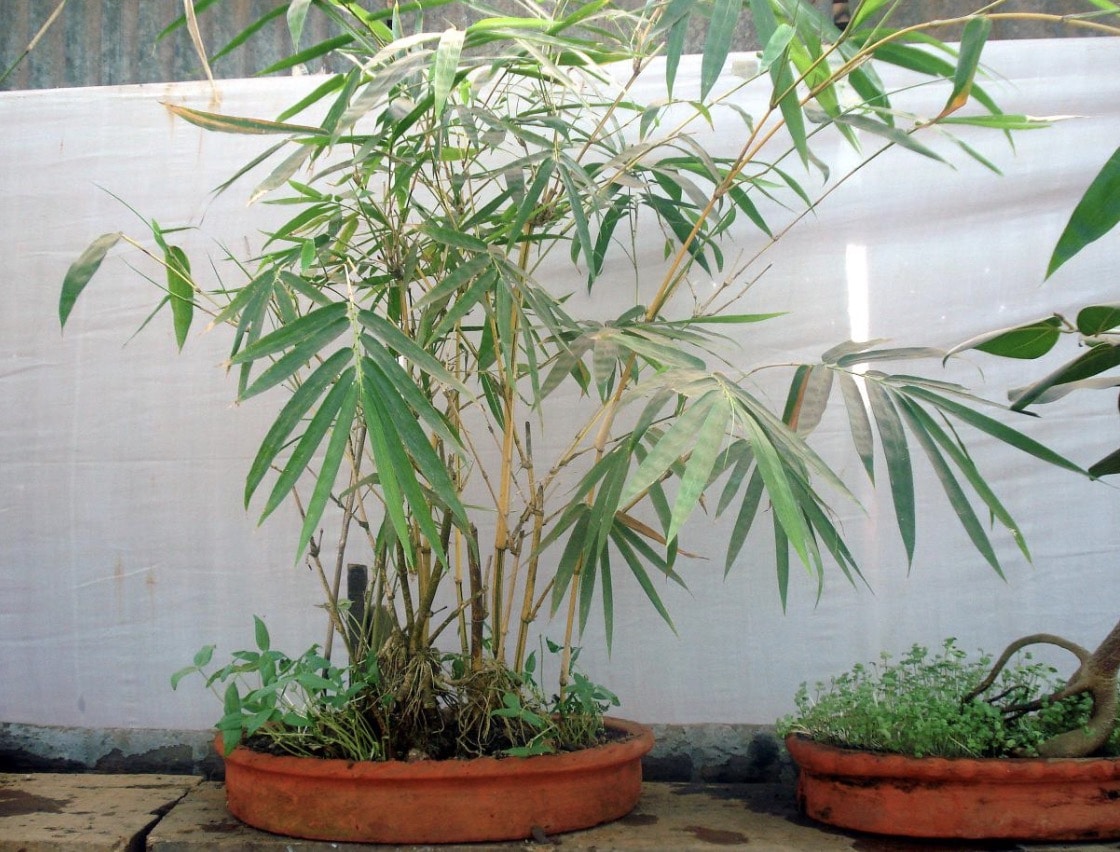
Temperature And Humidity
Bamboo has excellent cold tolerance. Still, if this goes on for a long time, it will lead to some severe problems. Defoliation will occur more and more, rapidly killing your bamboo.
You should maintain a temperature between 60 and 80 degrees F for an ideal environment so that your bamboo can grow healthy. Also, it would be best if you keep it away from cold drafts (such as air conditioners).
Fertilizer
You should provide nutrients to your container’s soil by regularly applying a balanced liquid fertilizer. Especially, don’t forget to apply an organic fertilizer to promote healthy growth in spring.
Some of the most popular fertilizers nowadays are Osmocote, Apex, and 14-14-14. Please read the instructions of each fertilizer carefully before using it.
Potting And Repotting Bamboo
For small nursery bamboos, start with choosing a container! Your pot must be wide and at least 12 inches deep. It also requires heavy material to be able to hold the growing bamboo. Furthermore, the bottom of the container needs to have a small hole to drain and avoid waterlogging.
If you want something sturdier, you can try spreading a layer of gravel on the bottom of the pot. Be mindful not to let this layer block its drainage!
Once the container is ready, it’s time to plant the bamboo gourd.
It would be best to put the root ball in the middle of the container and then fill it with soil. Then, water the bamboo a little after finishing with the above work.
When the bamboo roots spread to the outside of the container, you need to replace them with a larger pot. More specifically, plants left in a small container for too long will significantly reduce the plant’s ability to grow. The ideal time to do this work is in spring, when the bamboo is gradually recovering.
Troubleshooting
Here are some signs and tips for treating common problems of bamboo:
Yellowing bamboo leaves indicate that the bamboo is receiving too little or too much water. In case of waterlogging, the leaves will droop and turn pale. If there is too much water, the tips of the leaves will turn brown. Bamboo leaves will also wither, curl, and begin to fall.
You must be aware of the appropriate amount of water for bamboo. Digging and checking the soil moisture (3 to 4 inches deep) is also a good idea for you! Once you make good adjustments, after 1 to 2 months, the plant will have a new layer of healthy leaves.
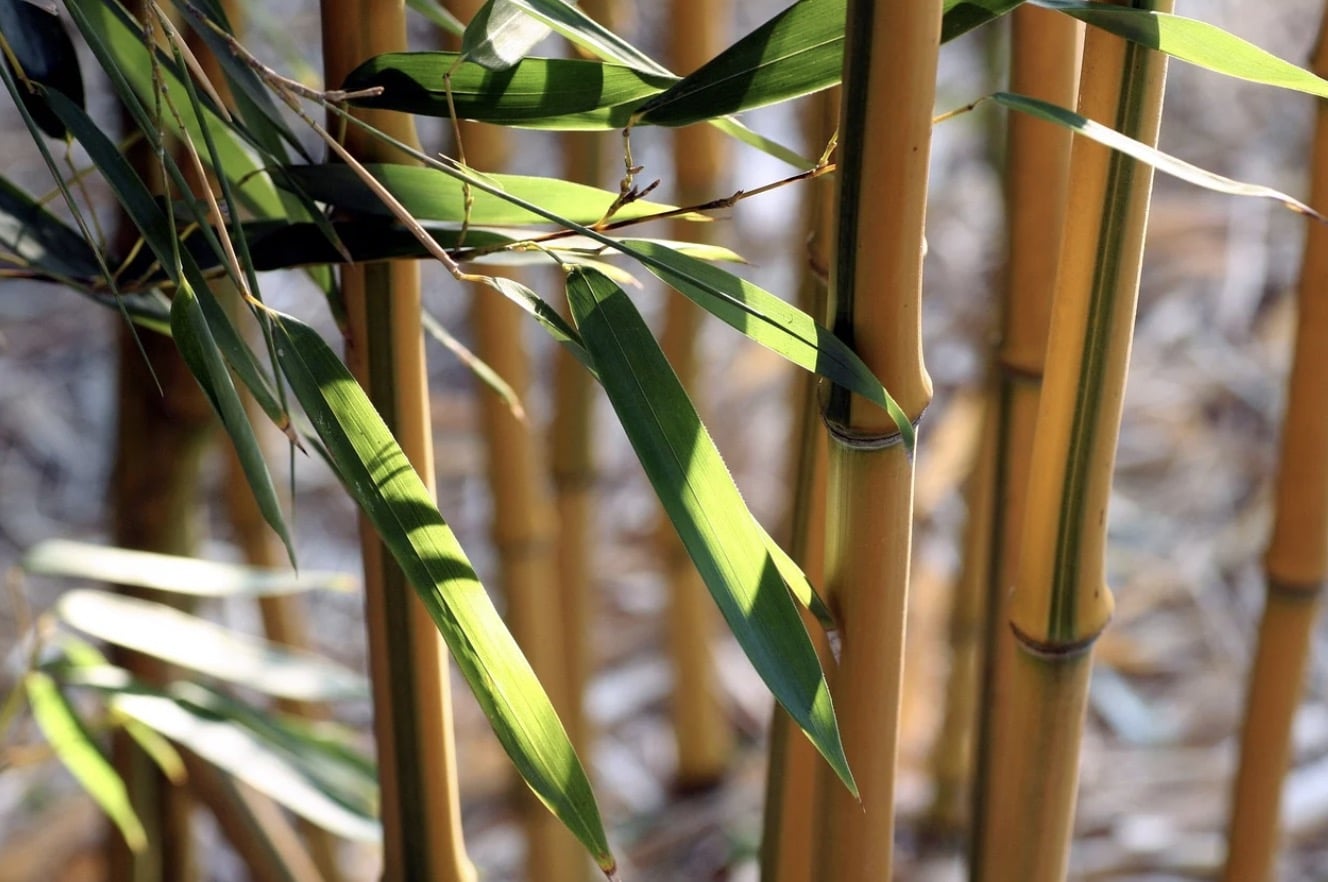
One crucial point is that indoor bamboo tends to be more susceptible to disease from harmful insects. To overcome this issue, you can use insect spray (type for plants). For young bamboo, rinse the entire plant under running water.
Tips For Growing Bamboo Indoors
- The more sunlight the bamboo receives, the better it will grow. That’s why you should plant this tree where it can usually receive sunlight indoors. The ideal locations are always skylights and greenhouses.
- Making sure that the pot has good drainage is a top priority. To control the amount of moisture for bamboo, you should use a spray bottle and mist daily for this plant.
- The larger the bamboo, the more nutrients in the container are depleted. Therefore, you have to fertilize bamboo periodically. Fertilizers with high nitrogen content and organic fertilizers are extremely suitable for the growth of this plant.
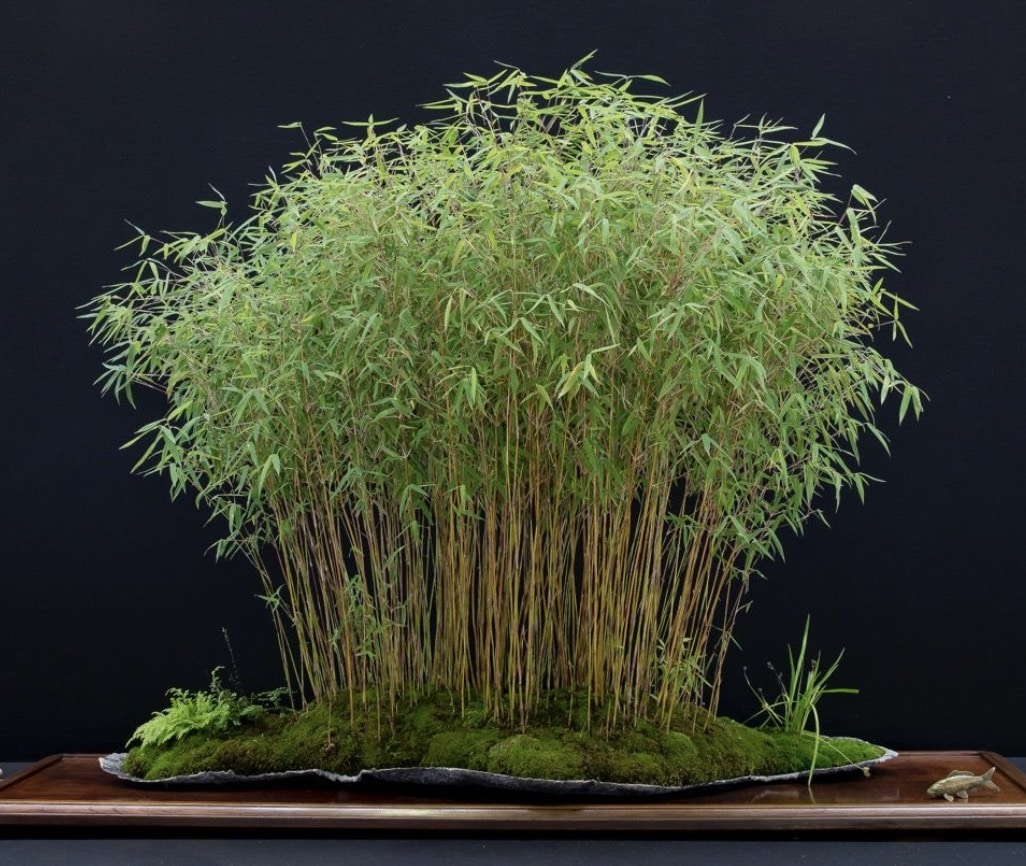
Some Bamboo Varieties For You To Grow
We want to suggest three typical varieties of bamboo suitable for indoor growing that are popular today:
- The Bambusa ventricosa ‘Buddha Belly’ is 5 to 15 feet tall. This bamboo’s trunk is unique with its zigzag shape. Particularly, it is the best choice if you are looking for a unique species of bamboo.
- Chimonobambusa Quadrangularis ‘Yellow Grove’ has a familiar name – square stem bamboo. This bamboo variety has square stems, golden grooves, and lush foliage. Although it is beautiful, it requires a lot of light to grow well.
- Pseudosasa japonica is also known as ‘Japanese arrow bamboo.’ The trunk of this bamboo is sturdy, and it can develop many other branches. Moreover, it requires less light than others, so it attracts a lot of bamboo lovers’ attention.
- Alphonse Karr this beautiful clumping bamboo has pretty pink canes when they emerge, and then they gradually turn yellow with green stripes. The attractive foliage has a fern like quality, and the plant will grow to 3-4 metres. This is also a great bamboo for growing in a pot. It looks particularly awesome in front of a dark wall.
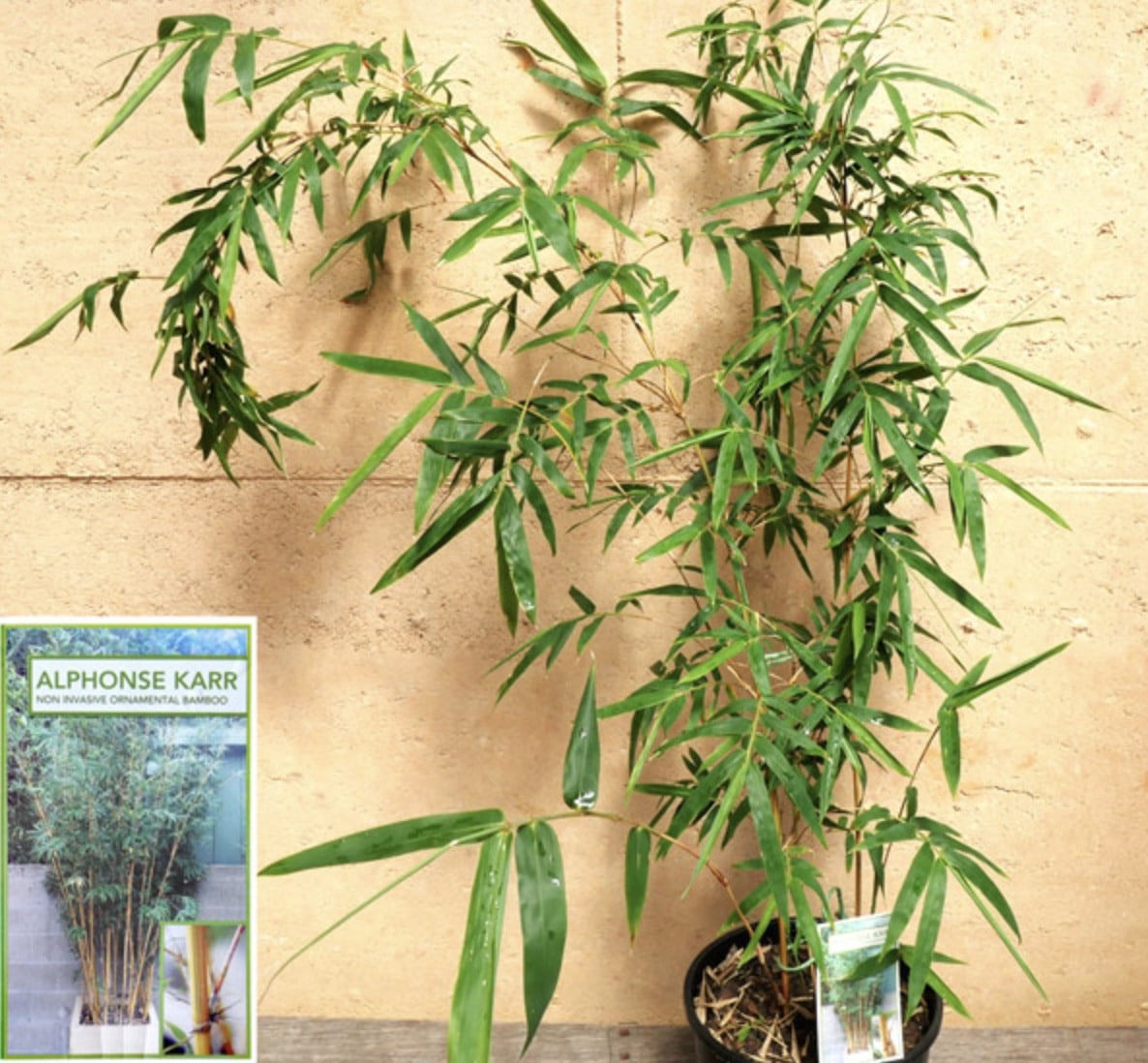
Our Final Thoughts
Bamboo has a rustic beauty, and taking care of it is also easier than other ornamental plants. However, you must have proper knowledge of growing bamboo indoors to let it grow strong and healthy. Let’s note some important things we’ve mentioned above regarding light, water, soil, temperature, fertilizer factors.
Roll up your sleeves and take care of your bamboo now!
Related Articles
- Growing Bamboo
- Watering Bamboo
- Fertilizing bamboo
- Running Bamboo vs Clumping Bamboo
- Bamboo varieties for your garden
- Is Bamboo Edible or Is It Toxic
- Bamboo Mulch
- How to Prune & Trim Bamboo Plants
- How fast does bamboo grow
- How to care for bamboo plants
Help Us! Share on:


